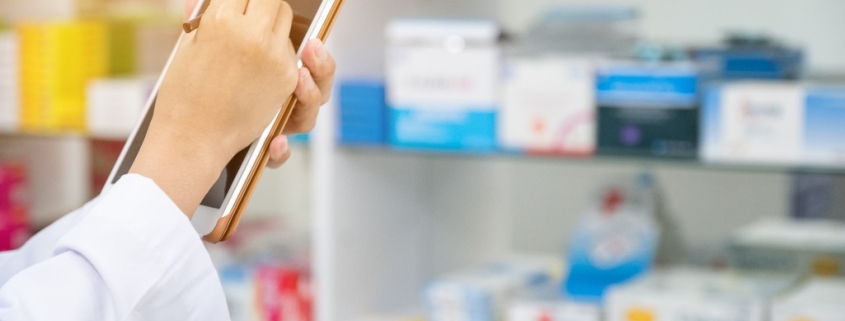The change in the universe of pharmacies forces a new digital approach
The pharmacy as a wellness center It is expected that, in the coming years, the pharmacy will gain strategic importance in health services, evolving from its traditional role of dispensing medicines to become a true wellness center. The pharmacist is expected to become a reference in health, a specialized advisor who guides the patient in the course of treatment and search for well-being, with greater means of prescription and care-taking care of the rules and codes of ethics, to safeguard privacy. and the correct service. This change will require continuous training and the reinvention of the pharmacist’s role, not only with products and medicines, but also with the patient himself, as well as new forms of contact, care and follow-up with the patient. In the case of Spain, the future goes through a care model. Nutritional advice, personalized dosage systems and pharmacotherapeutic follow-up are the most common services in Spanish pharmacies. They have also developed services in areas such as cosmetics, nutrition and getting people to quit smoking, along with specialties such as orthopedics and podiatry.
The new client and patient
Digitally empowered consumers are taking greater control of their health and demanding more personalization, transparency, and convenience in all aspects, including healthcare services. The real consumer is getting to the point of even rewarding or punishing brands based on an experience. Although this trend is much more noticeable in liberalized markets, and ethical considerations are key, the pharmacy can learn from FMCG in its new ways of connecting with the user and taking care of the customer journey, to be a pioneer in services and develop strategies that attract traffic. to the drugstore and encourage a long-term relationship. The definition of the patient experience map, in our case, is a fundamental practice to understand and anticipate the needs of the client on how she passes through the different points of contact with the brand or establishment. Those movements where the new consumer makes purchase decisions, breaking with the traditional linear model of awareness, interest, desire, action.The Pharmacy Patient Experience Map
If the future of the pharmacy is its evolution towards a wellness center, digital technologies offer tools to meet and accompany the most conscientious and demanding consumer, keeping them company throughout the treatment period, as well as in the search for a lifestyle healthier. The challenge for the pharmacy will be to have an integrated database available with a much deeper customer profile that includes details about their general condition, history of visits, queries and transactions, always protecting the patient’s right to privacy.








